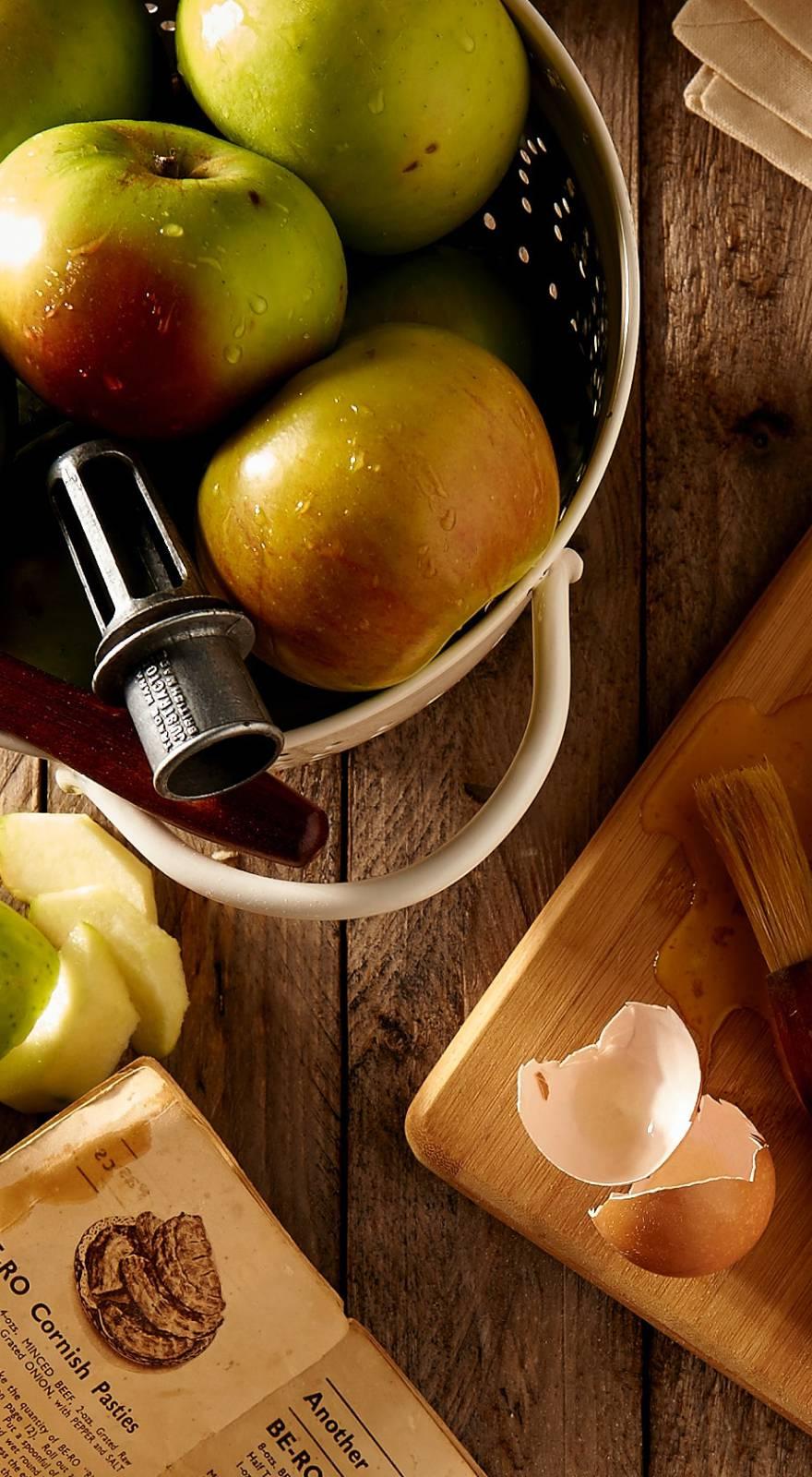Knowde Enhanced TDS
Identification & Functionality
- Ingredient Name
- Food Ingredients Functions
- Botanical Source
- Curcuma Longa L
- Active Ingredients (HPLC)
- Curcumin 95
- Plant Part Used
- Root
- CAS No.
- 458-37-7
- Molecular formula
- C21H20O6
- Ingredients
- Turmeric
- Food Additive Number
- E 100(ii), INS 100(ii)
- Technologies
- Product Families
- Function
- Curcumin mainly used in many foods as a coloring in mustard, cheese, beverages and cakes.
- Curcumin used for dyspepsia, chronic anterior uveitis and Helicobacter pylori bacteria.
- Curcumin used as a topical analgesic, and for colic, hepatitis, ringworm and chest pain.
- With the function of improving blood circulation and treating amenorrhea.
- With the function of lipid-lowering, anti-inflammatory, choleretic, anti-tumor and anti-oxidation.
- Curcumin contains antioxidants, which protect cells against damage caused by free radicals.
- Curcumin has the effect on lowering blood pressure, treating diabetes and protecting the liver.
- With the function of treating women dysmenorrhea and amenorrhea.
Features & Benefits
Applications & Uses
- Markets
- Applications
- Food & Nutrition Applications
- Applications
- Pharmaceutical, such as capsules, tablets, softgels, etc.
- Health food, food colorants, it can be used in stick packs, nutrition Bars, etc.
- Cosmetics: whitening and freckle.
Properties
- Appearance
- Yellow Powder
- Odor
- Characteristic
- Taste
- Astringent
- Typical Properties
- Microbiological Values
| Value | Units | Test Method / Conditions | |
| Particle Size (passes through 80 mesh) | 90.0 | % | — |
| Loss on Drying | max. 2.0 | % | — |
| Ash Content | max. 1.5 | % | — |
| Heavy Metals | max. 10 | ppm | — |
| Arsenic Content | max. 2 | ppm | ICP |
| Lead Content | max. 3 | ppm | — |
| Cadmium Content | max. 1 | ppm | — |
| Mercury Content | max. 0.1 | ppm | — |
| Value | Units | Test Method / Conditions | |
| Total Plate Count | max. 10000 | cfu/g | — |
| Total Yeast & Mold | max. 300 | cfu/g | — |
Regulatory & Compliance
- Certifications & Compliance
Technical Details & Test Data
- Assay(Hplc)
- Total Curcuminoids ≥90%
- Curcumin
- Desmethoxy Curcumin
- Bisdemethoxy Curcumin

